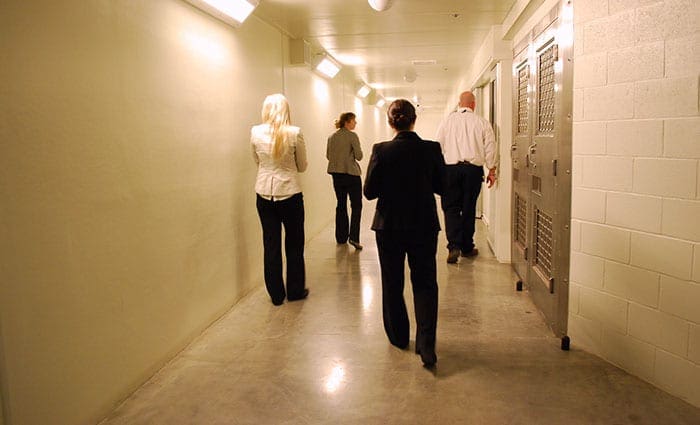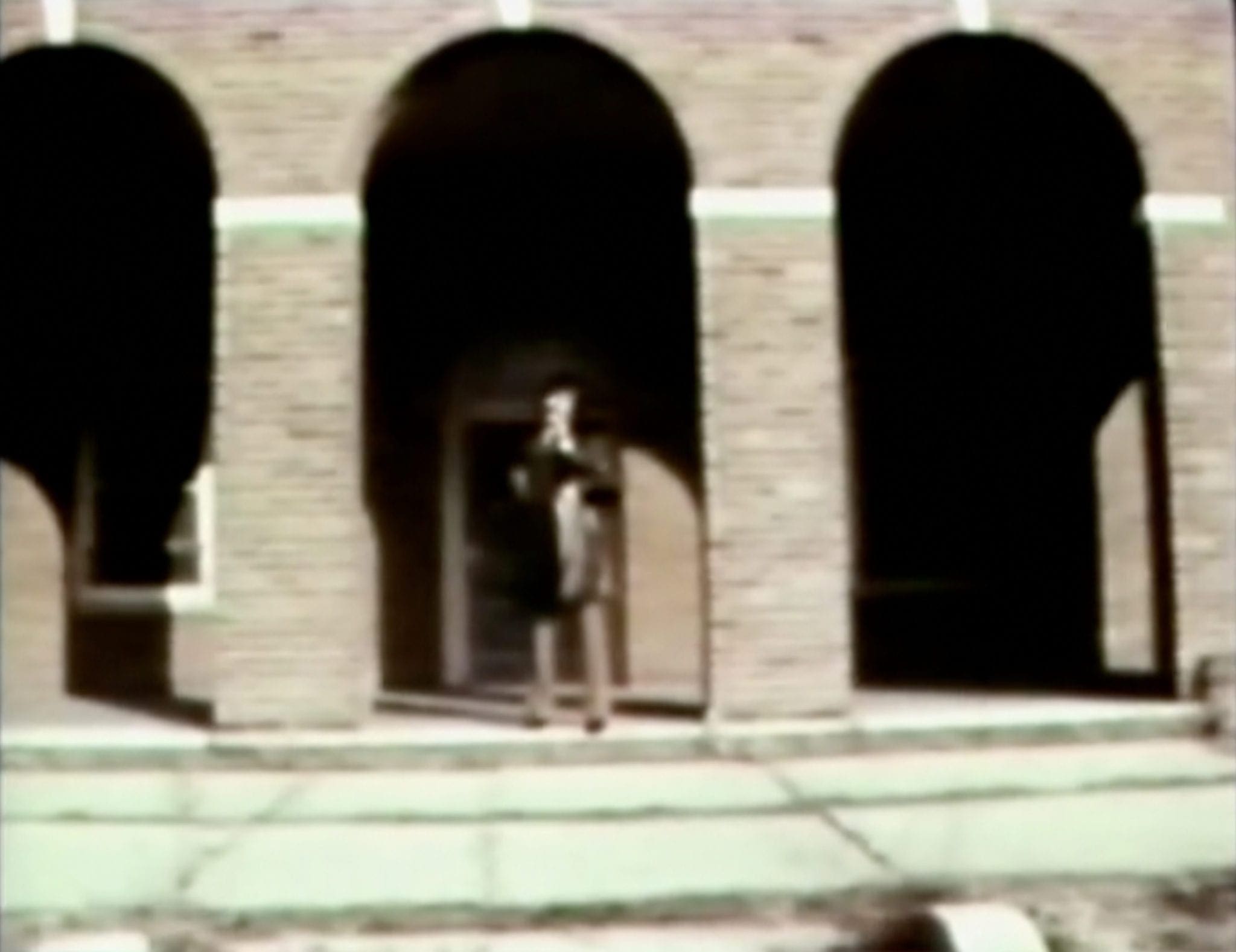The National Disability Rights Network (NDRN) is the nonprofit membership organization for the federally mandated Protection and Advocacy (P&A) Systems and the Client Assistance Programs (CAP) for individuals with disabilities.
As the national membership association for the P&A/CAP network, NDRN has aggressively sought federal support for advocacy on behalf of people with disabilities, and expanded P&A programs from a narrow initial focus on the institutional care provided to people with intellectual disabilities in facilities to include advocacy services for all people with disabilities no matter the type or nature of their disability.
P&As and CAPs work to improve the lives of people with disabilities by guarding against abuse; advocating for basic rights; and ensuring access and accountability in health care, education, employment, housing, transportation, voting, and within the juvenile and criminal justice systems.
We’re the only legally based advocacy organization established by Congress to protect the rights of all individuals with disabilities. As part of that mandate, our network includes agencies in every state and U.S. territory, working to provide legal protection and advocacy services for people with disabilities.
Mission & Vision
NDRN’s mission is to promote the integrity and capacity of the P&A and CAP national network and to advocate for the enactment and vigorous enforcement of laws protecting civil and human rights of people with disabilities. NDRN has a vision of a society where people with disabilities have equality of opportunity and are able to participate fully in community life by exercising choice and self-determination.
Training and Advocacy Support Center
The Training & Advocacy Support Center (TASC) is a division of NDRN that delivers state-of-the-art training, technical assistance and networking to the P&A/CAP Network. TASC is designed to enhance the advocacy functions of the P&As and CAPs in their efforts to protect the civil rights of persons with disabilities and prevent and/or remedy abuse and neglect of those who reside in institutions, other facilities and the community.
History of the P&A/CAP Network
The Protection and Advocacy (P&A) System and Client Assistance Program (CAP) comprise the nationwide network of congressionally mandated, legally based disability rights agencies. P&A agencies have the authority to provide legal representation and other advocacy services, under federal laws, to all people with disabilities.
The Protection and Advocacy concept was initially triggered by a series of local television news broadcasts that Geraldo Rivera did for the ABC News affiliate in New York City in 1972. Rivera’s investigative reporting exposed abuse, neglect and lack of services and supports at Willowbrook, a state institution for people with intellectual and other disabilities on Staten Island.
These broadcasts galvanized the state’s senior senator, Jacob Javits, to action, incorporating the first P&A program – Protection and Advocacy for People with Developmental Disabilities (PADD) – in 1975 in the renewal of the Developmental Disabilities Assistance and Bill of Rights (DD) Act.
The DD Act provided for the governor of each state to designate an agency to be the P&A and to ensure that the P&A was, and would remain, independent of any service provider. The initial focus of PADD and subsequent P&A statutes was to safeguard the well-being of individuals living in institutions and this remains a major focus of P&A activity today.
Our Work Today
 All P&As continue to monitor, investigate and attempt to remedy adverse conditions in large and small, public and private, facilities that care for people with disabilities. P&As also assist persons with disabilities find living arrangements that are the least restrictive possible; indeed, the P&As have been at the forefront of the de-institutionalization movement.
All P&As continue to monitor, investigate and attempt to remedy adverse conditions in large and small, public and private, facilities that care for people with disabilities. P&As also assist persons with disabilities find living arrangements that are the least restrictive possible; indeed, the P&As have been at the forefront of the de-institutionalization movement.
Over the years, the focus of P&A work was broadened to one that secures the rights of persons with all types of disabilities wherever they reside. P&A statutes were expanded to give the P&As additional authority so that the P&As now devote considerable resources to ensuring full access to inclusive educational programs, financial entitlements, healthcare, accessible housing, transportation, and productive employment opportunities, as well as continuing to seek prevention of abuse and neglect.

